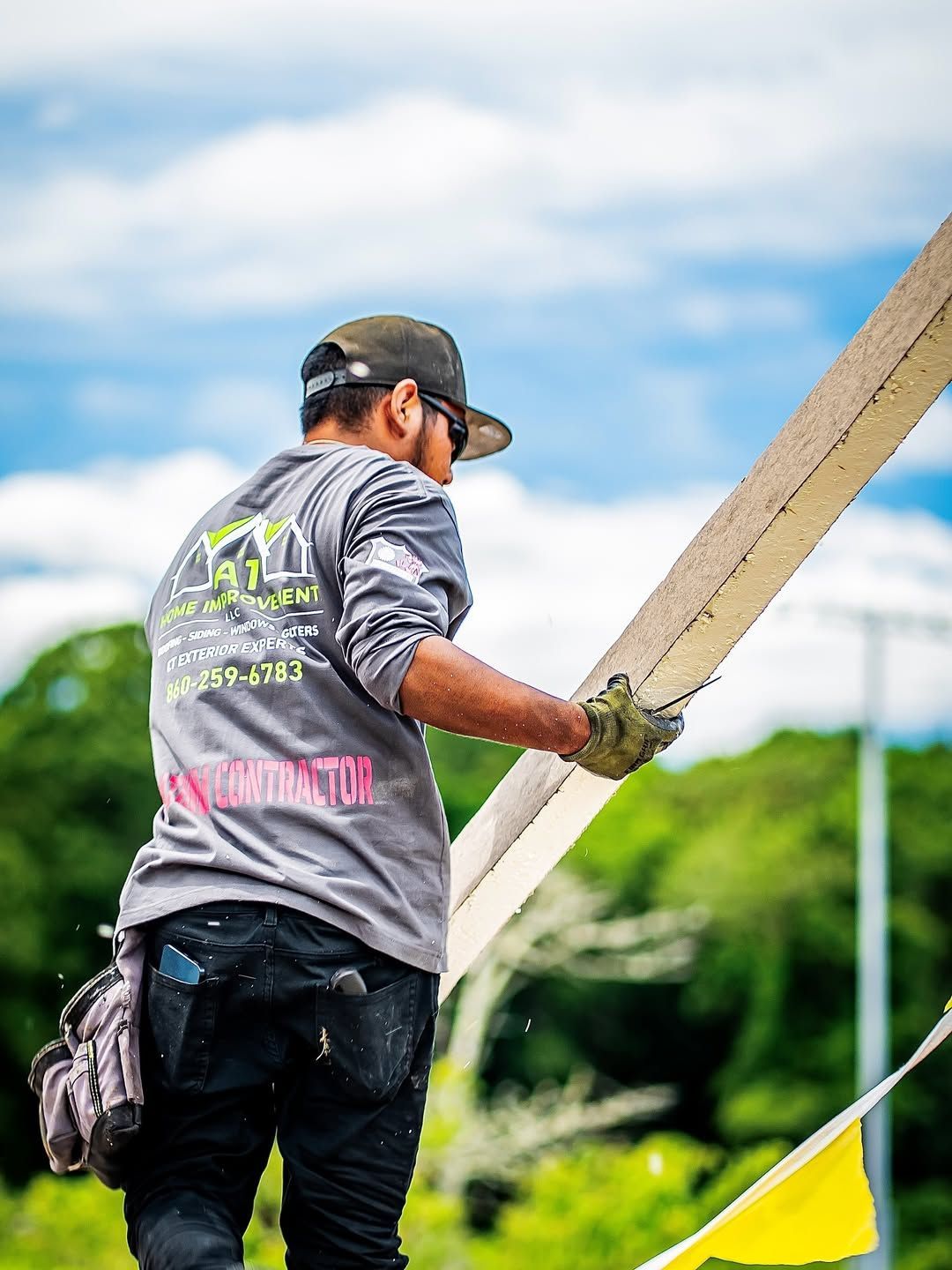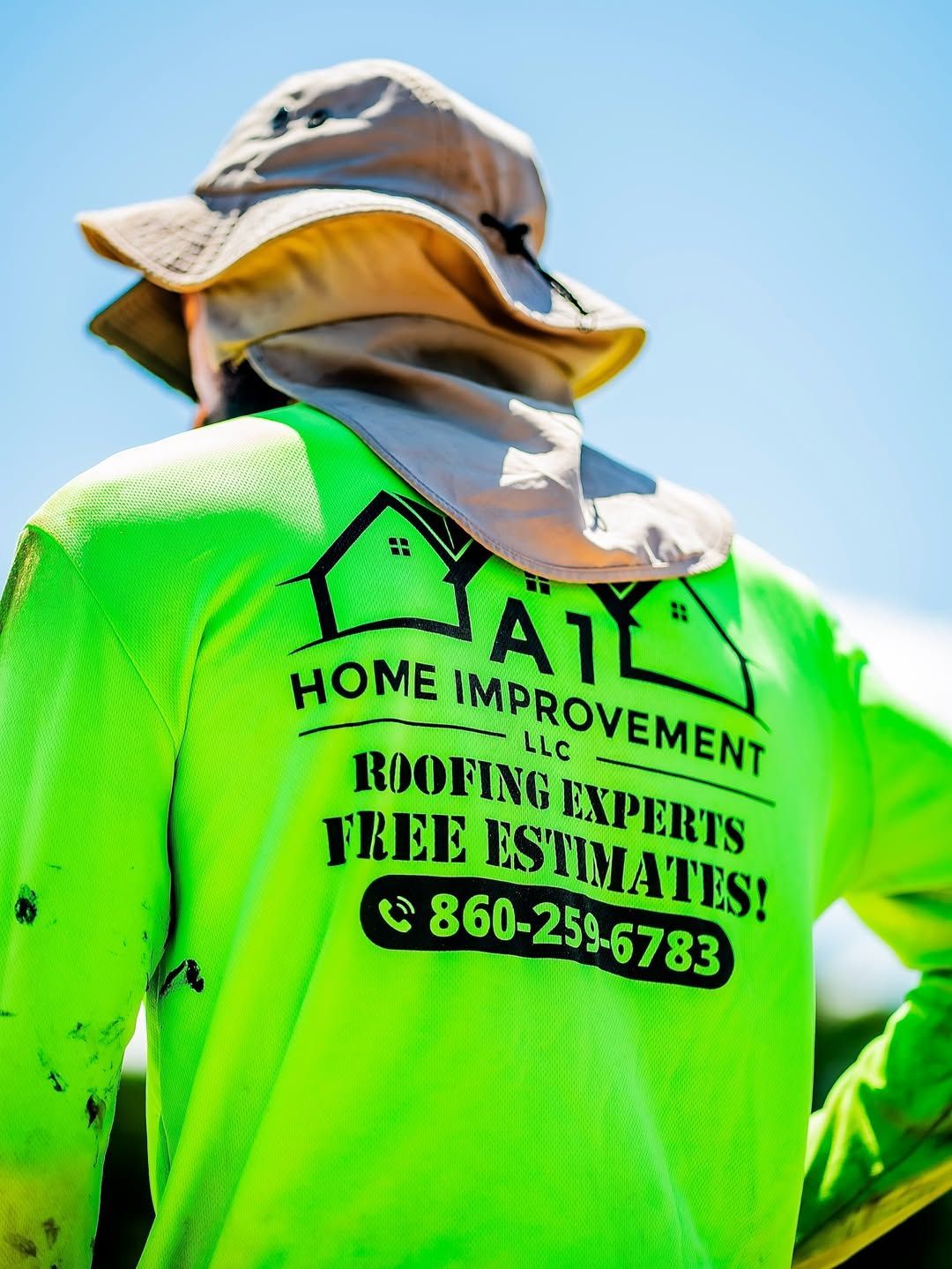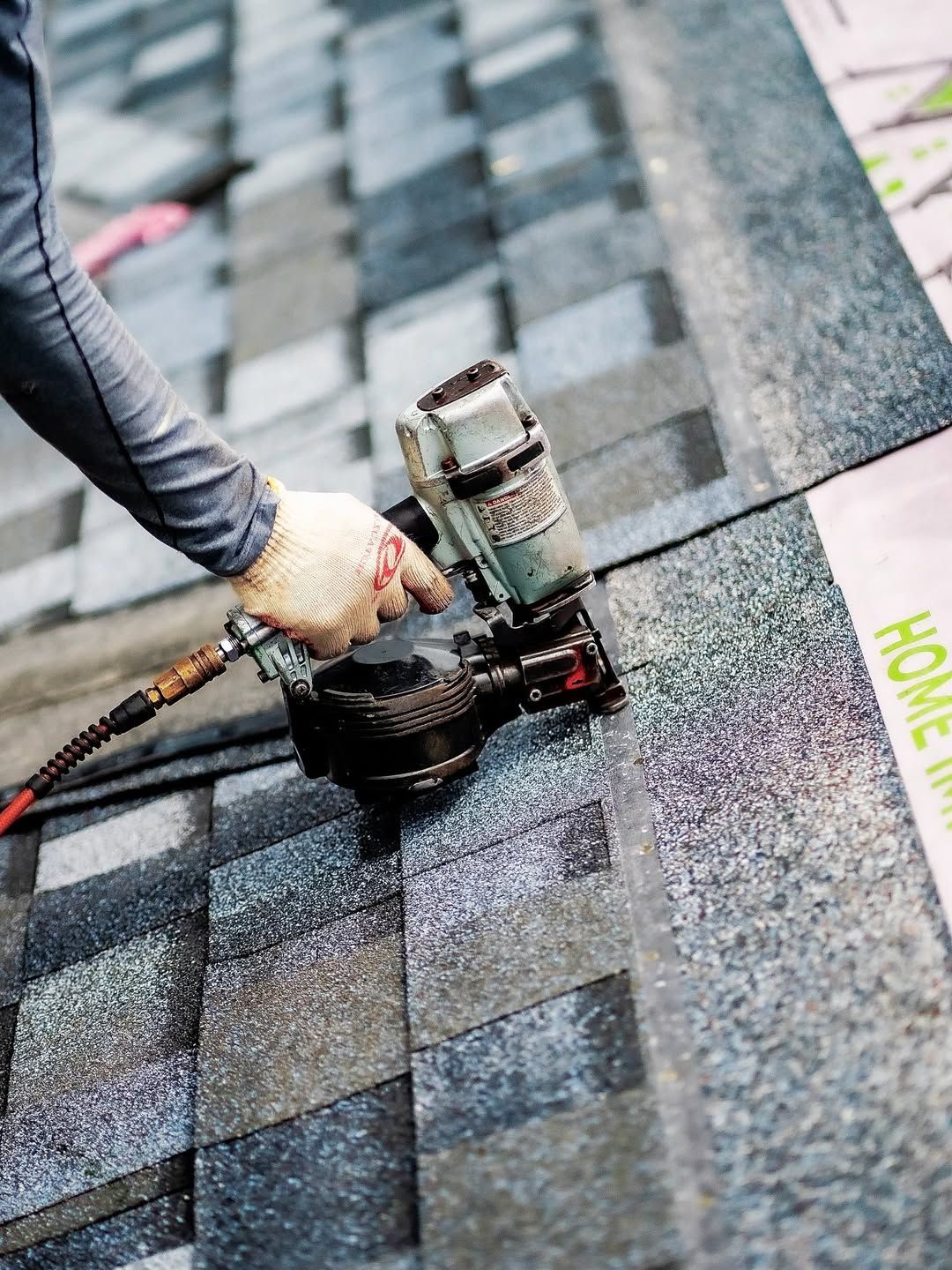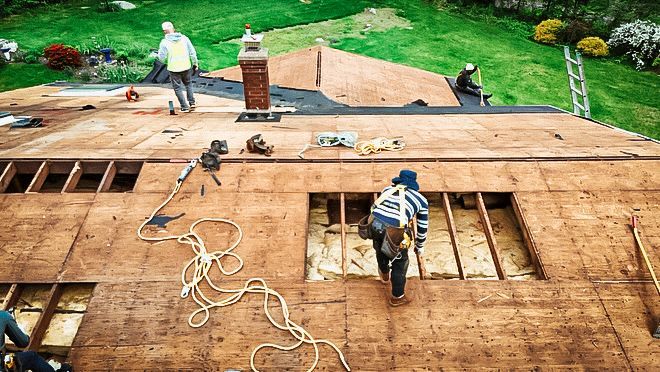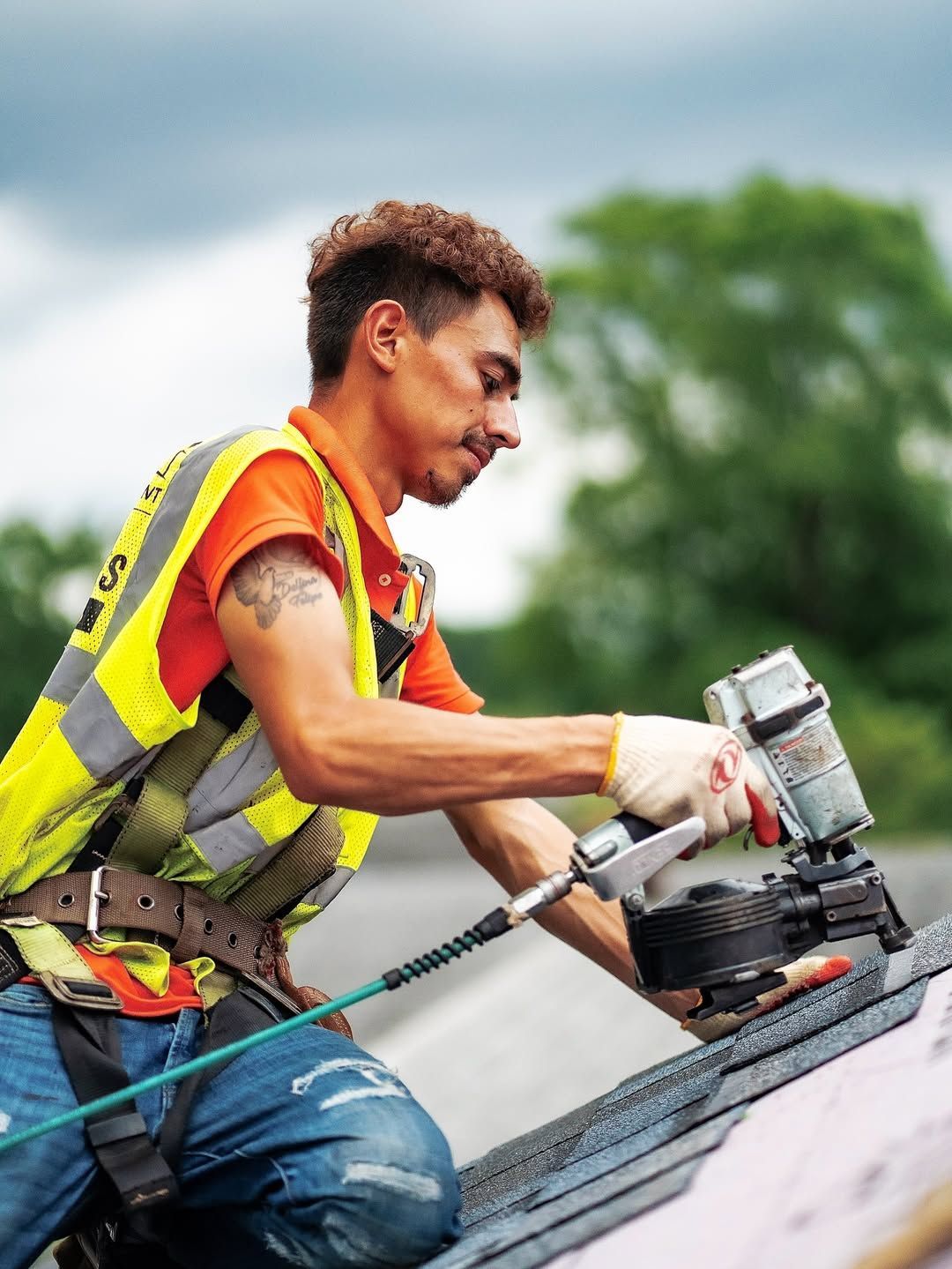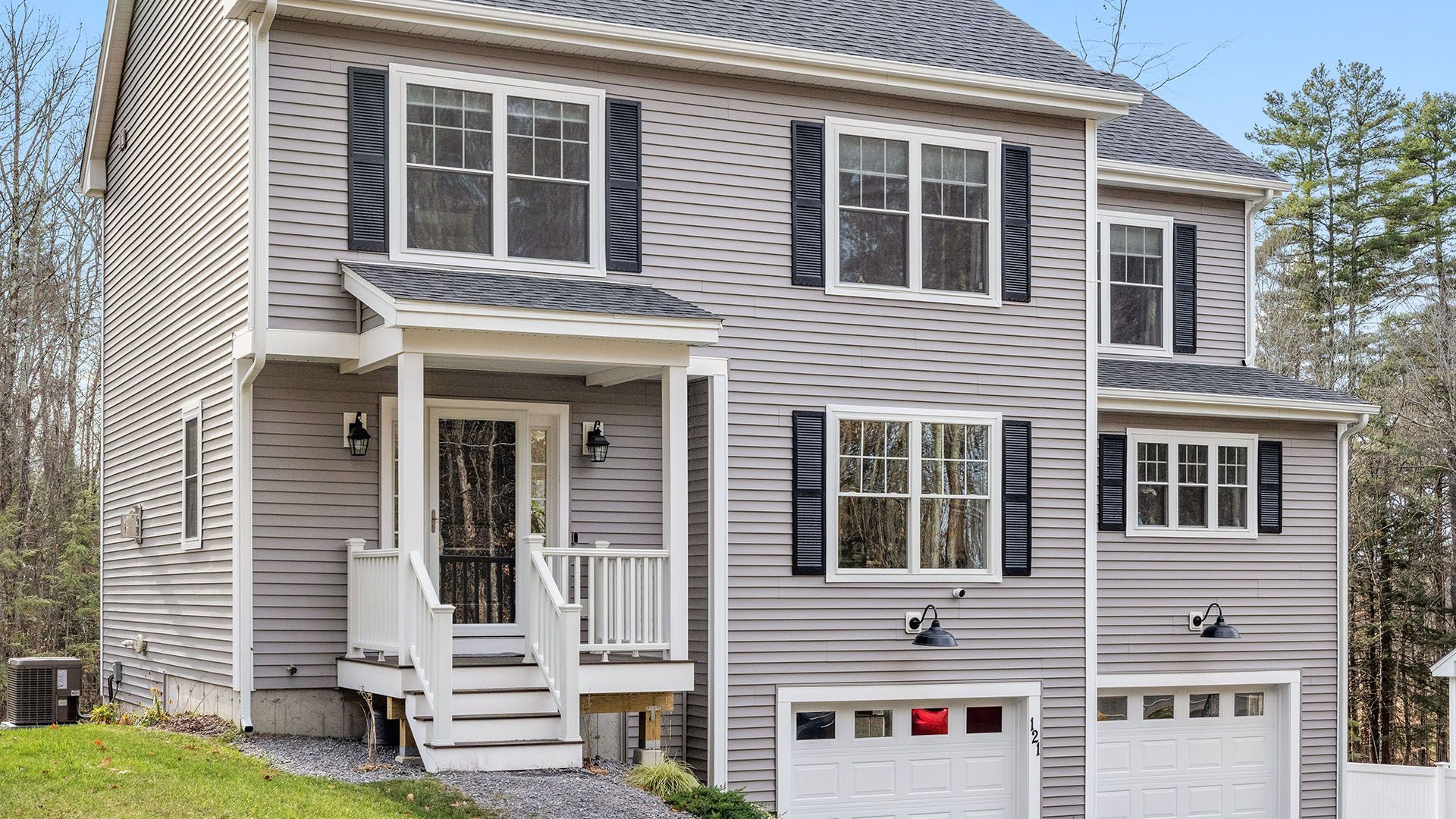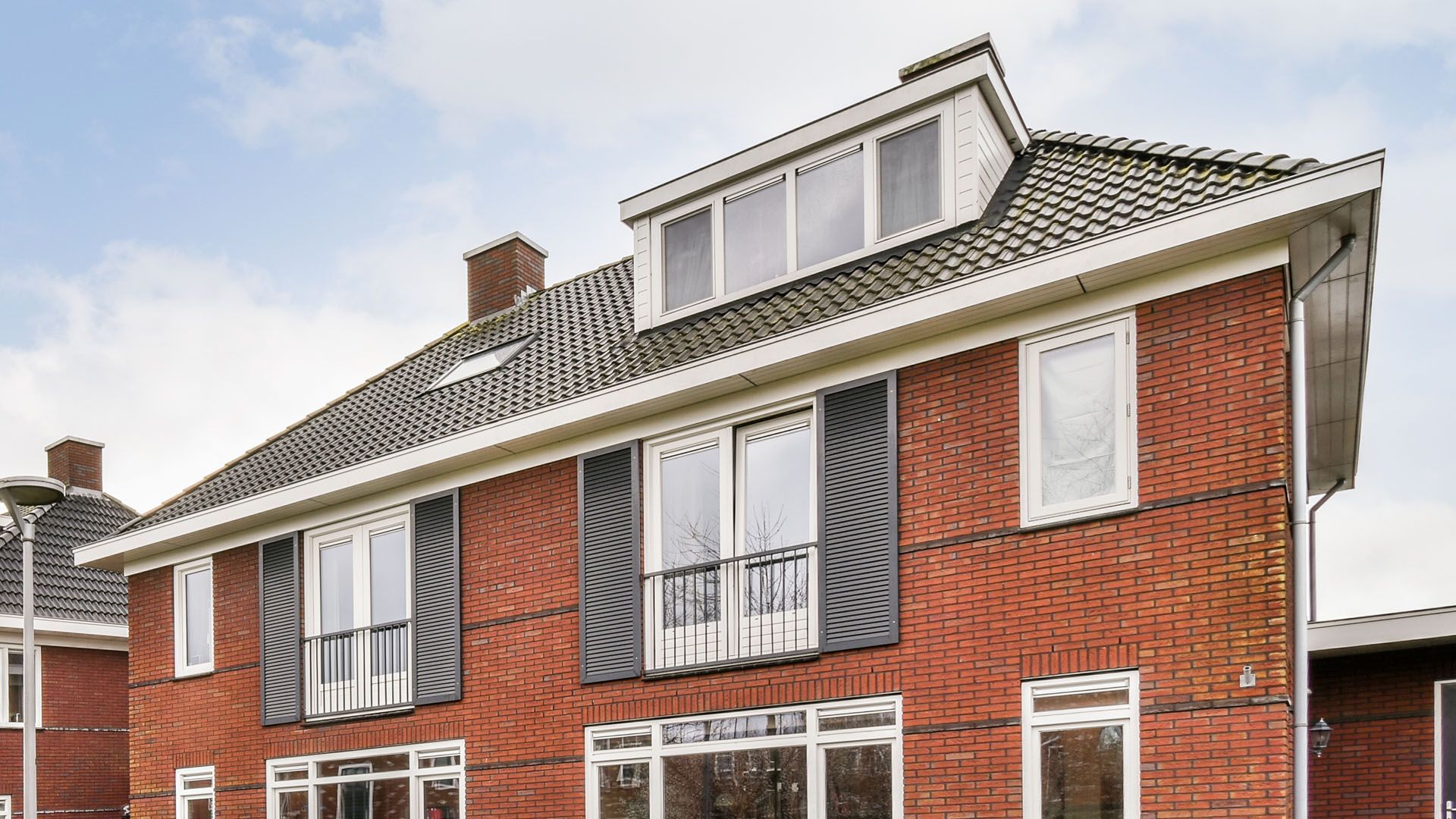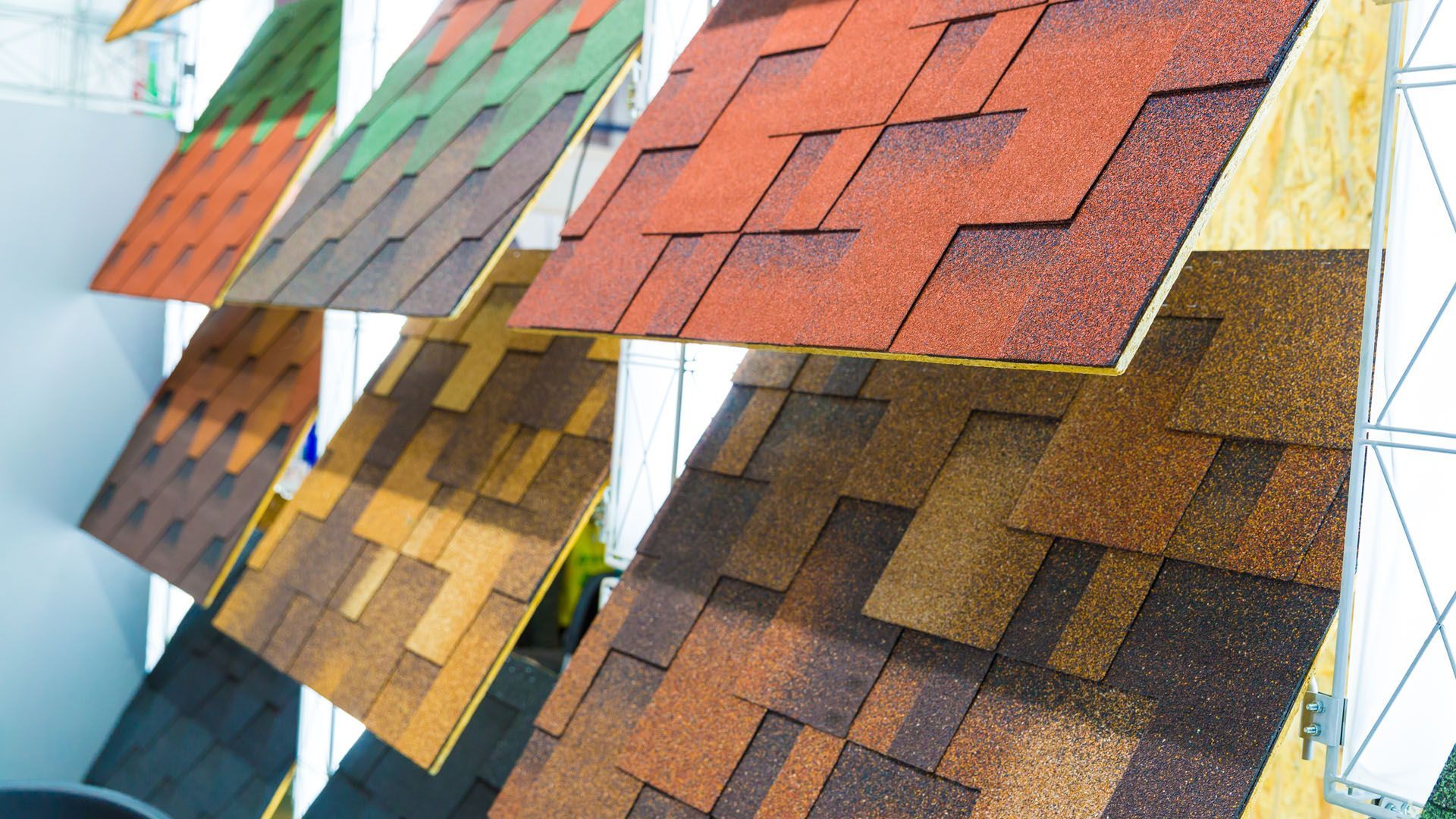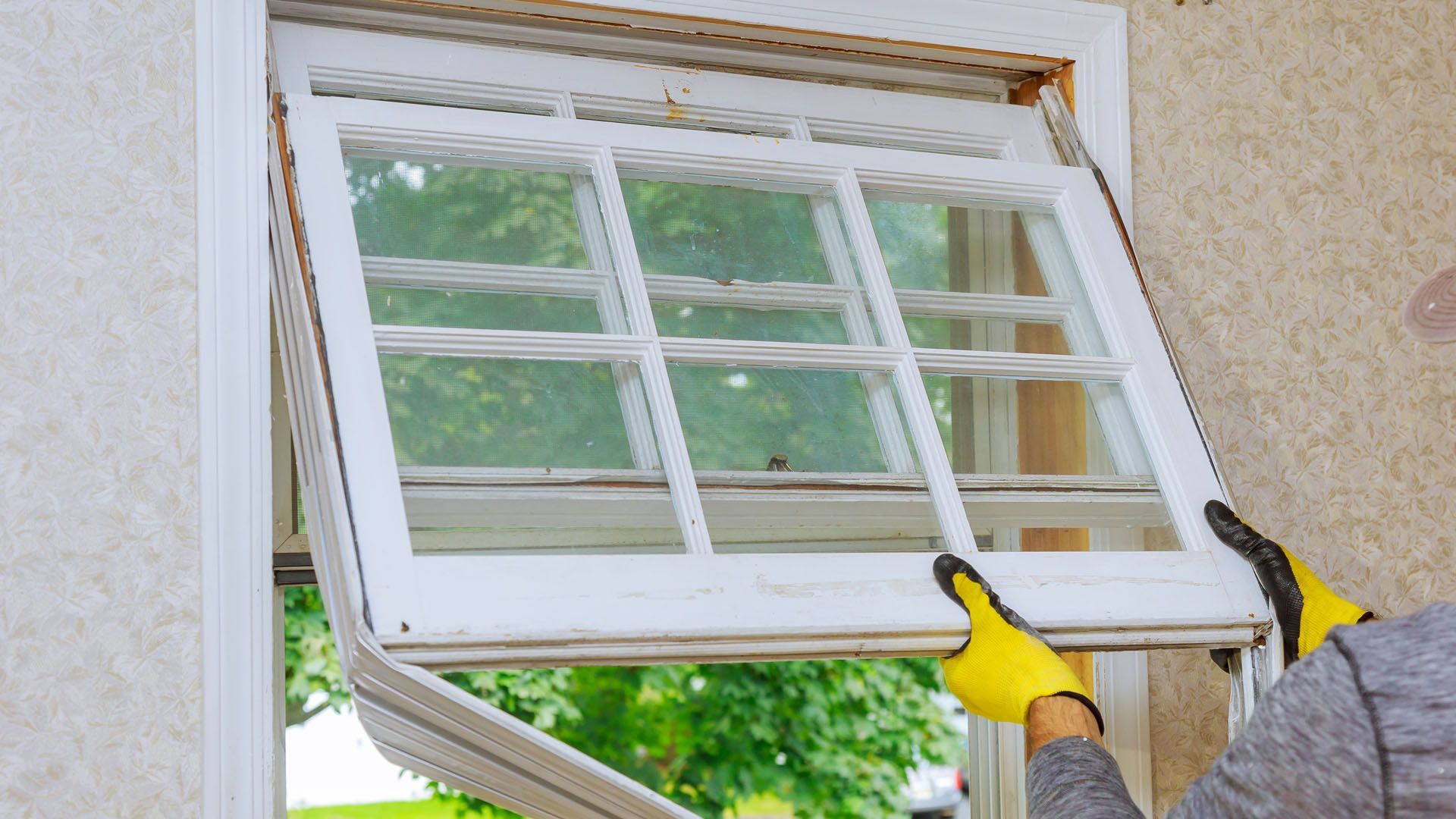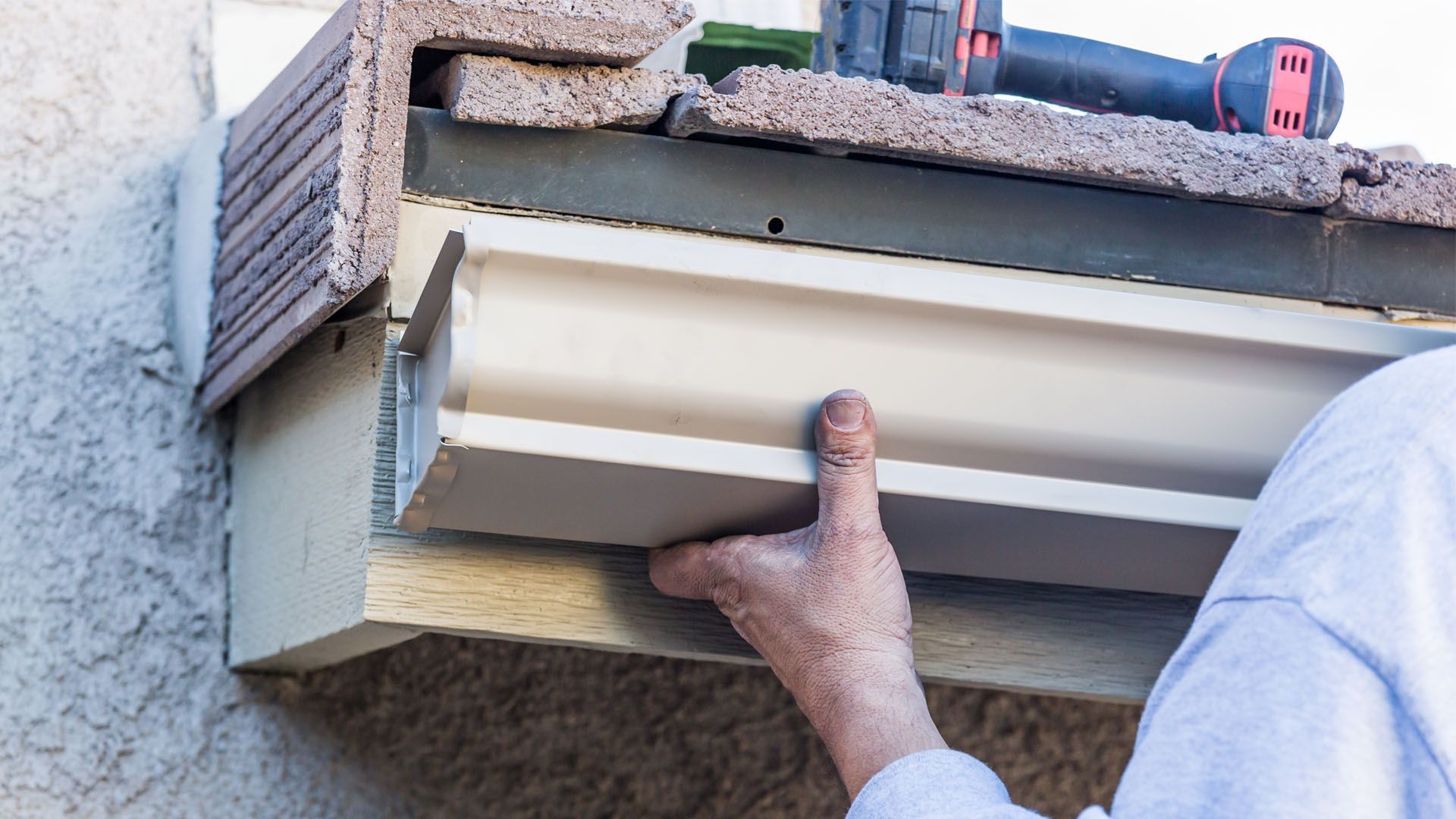Roof Leakage Repair Cost: A Comprehensive 2025 Guide
Wondering about roof leakage repair cost? Repairing roof leaks can cost from $200 to $8,000, depending on damage and other factors. This guide explains average repair costs and what influences them, helping you budget effectively.
Key Takeaways
- The average cost of roof repairs is approximately $1,200, with minor repairs costing between $200 to $1,000 and major repairs ranging from $1,500 to $8,000.
- Key factors affecting roof repair costs include the type of roofing material, roof pitch and design, and labor costs, which together account for about 60% of the expenses.
- Regular roof inspections and maintenance can help homeowners identify potential issues early, avoiding larger repair costs, and can lead to savings through DIY options or government incentives.
Roof Leakage Repair Cost: A Comprehensive 2025 Guide
When a roof starts leaking, the first question on a homeowner’s mind is usually about the roof repair cost. The average homeowner typically spends about $1,200 on roof repairs. However, this figure can vary widely depending on the nature and extent of the damage. Minor roof repairs, such as patching a small leak, can cost between $200 to $1,000. On the other hand, major repairs can range from $1,500 to $8,000, especially if extensive damage is involved.
Several factors contribute to the overall cost of roof repairs. The type of roofing material, the pitch and design of the roof, and labor costs are significant determinants. For instance, repairs on steep or complex roof designs tend to be more expensive due to the additional safety measures and time required. Similarly, water damage may necessitate partial replacement, further increasing repair costs.
Understanding these costs helps homeowners budget for repairs and avoid unexpected expenses. This knowledge aids in making informed decisions about whether to repair or replace a roof. For more complex repairs, such as issues with roof trusses or significant water damage, costs can escalate significantly, potentially reaching thousands of dollars.
This guide covers the average costs of roof repairs, factors influencing these costs, and common causes of roof leaks. It also highlights the benefits of regular roof inspections and maintenance, and when it might be more cost-effective to consider a full roof replacement.
Introduction
Roof leaks are a common issue for homeowners, and one of the primary concerns is the cost of repairs. This guide aims to provide a detailed overview of roof leakage repair costs in 2025, helping homeowners understand the financial implications of various repair scenarios.
This guide explores the factors affecting repair costs, common causes of roof leaks, and the benefits of regular maintenance and professional inspections. It aims to equip you with the knowledge needed to tackle roof leaks effectively and economically.
Average Roof Leakage Repair Costs
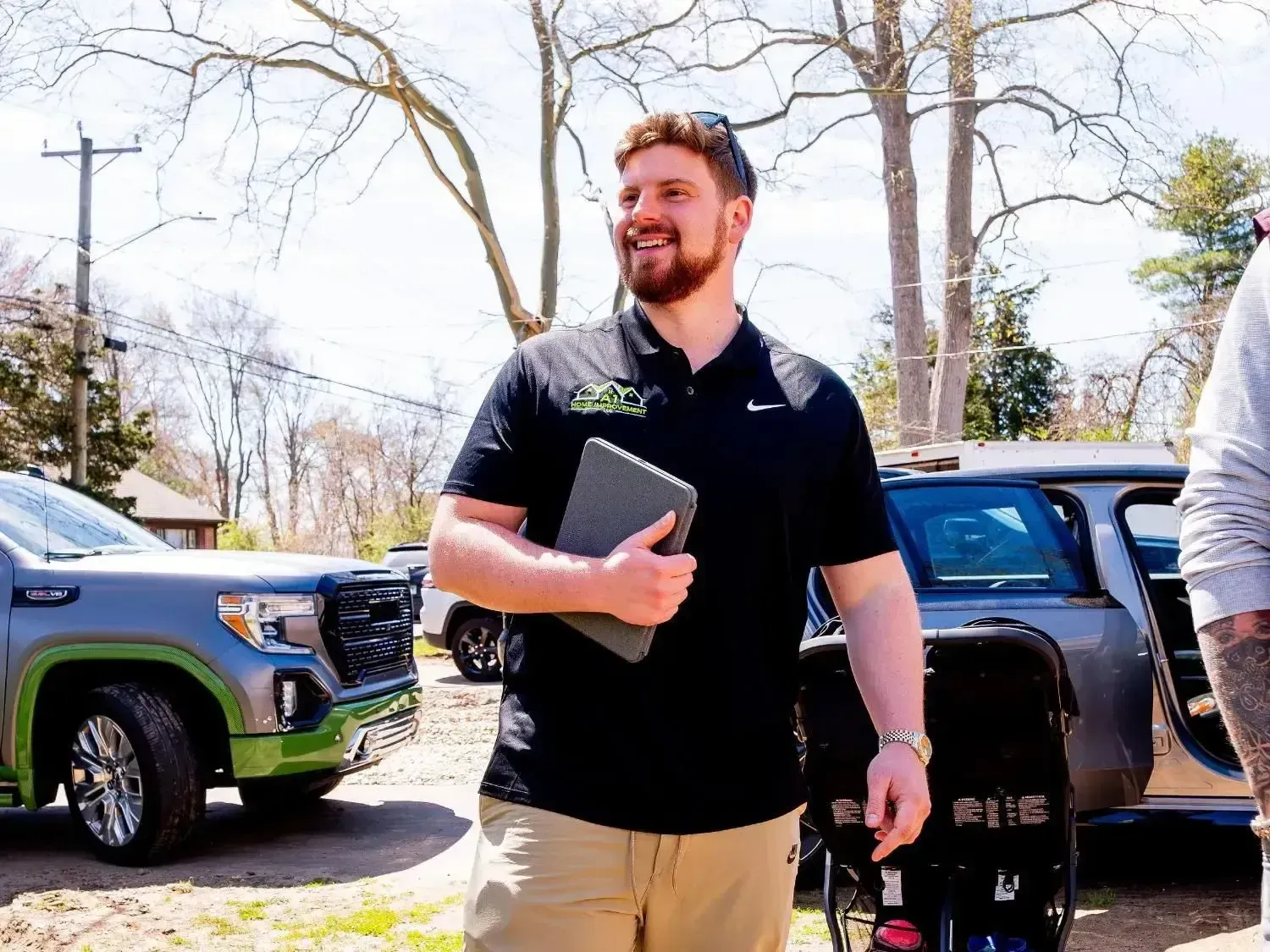
The cost of repairing a roof leak can vary significantly based on several factors. On average, homeowners spend about $1,200 on roof repairs. However, the cost can be as low as $200 for minor repairs or as high as $2,000 for more significant issues. The typical range for roof repair costs is $400 to $2,000.
Repairing roof leaks on steep or complex designs often incurs higher costs due to additional safety measures and time required. The type of roofing material also influences repair costs. For example, asphalt shingles are typically less expensive to repair compared to metal or slate roofs.
The extent of the damage is another critical factor. Minor repairs, like fixing a few missing shingles, cost much less than addressing widespread rot or sagging. Additionally, larger roofs require more materials, driving up the overall repair costs. Extensive repairs often lead to a higher bill.
In cases where complex structural issues are involved, such as problems with roof trusses or significant water damage, the costs can escalate significantly, potentially reaching thousands of dollars. Understanding these average costs and factors can help homeowners budget for roof repairs more effectively.
Key Factors Affecting Roof Leakage Repair Costs
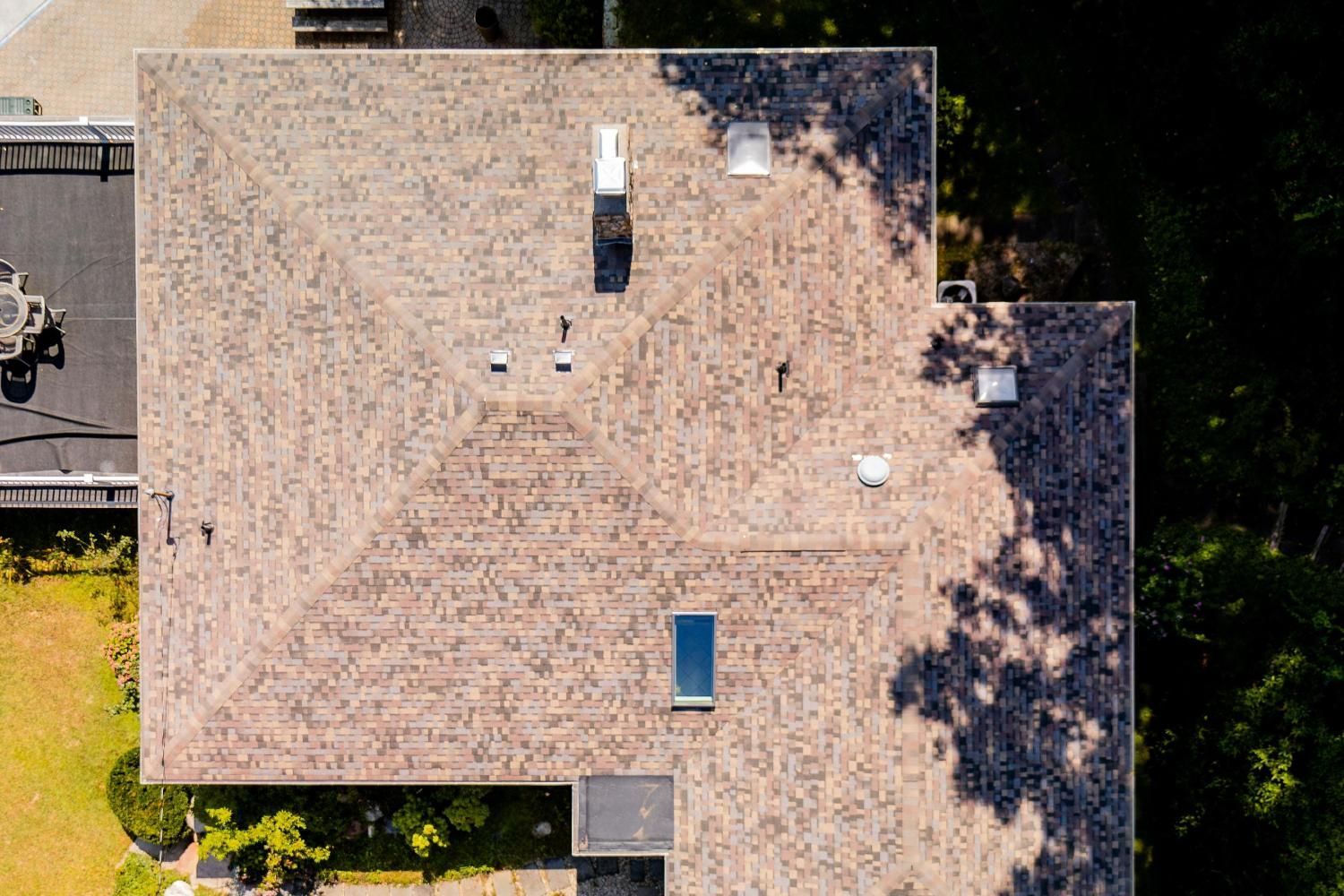
Several key factors influence the cost of repairing a roof leak, including the type of roofing material, the pitch and design of the roof, and labor costs. Each of these can significantly impact overall expenses, so understanding them in detail is beneficial.
Type of Roofing Material
The type of roofing material is one of the most significant factors affecting repair costs. More expensive materials like metal and slate generally lead to higher repair costs, ranging from $400 to $1,600. Tile roofs are also more costly to repair due to their labor-intensive nature and fragility.
Asphalt shingles are the most common roofing material in the U.S. due to their straightforward repairs and lower costs. Composite shingles, made from a combination of fiberglass and asphalt, also contribute to repair ease.
Different materials have varying lifespans and durability, influencing the frequency and cost of repairs over time.
Roof Pitch and Design
The pitch and design of a roof significantly impact repair costs. Flat roofs and single-story gable roofs are usually less expensive to repair. In contrast, roofs with a higher pitch or multiple levels can lead to increased repair costs due to the difficulty and danger involved in navigation.
Steep roof slopes require additional safety equipment and labor time, which can add between $1,000 to $3,000 to the overall repair cost. Complex architectural features, such as multiple levels and features, can further raise repair expenses.
Labor Costs
Labor costs make up a significant portion of the total expenses for roof leak repairs, accounting for about 60% of the overall cost. The average labor cost per hour for hiring a roofing contractor ranges from $45 to $75.
These costs can vary significantly based on the roofing contractor’s experience and reputation. Hourly rates for minor roof repairs can be between $35 to $90. Knowing labor costs helps homeowners budget more accurately for their roof repairs.
Common Causes of Roof Leaks and Their Repair Costs
Roof leaks can be caused by a variety of factors, each with its own repair costs. Natural events like storms, high winds, and hail are significant contributors to roof leaks. Severe weather events can displace shingles, tear flashing, and cause various damages that result in leaks.
Aged shingles often lead to leaks due to erosion of their protective coating and brittleness over time. Common issues leading to roof leaks include missing shingles, pipe boot leaks, and flashing failures. Minor roof leaks generally cost between $200 and $1,000 to repair, while larger leaks can range from $400 to $2,000.
Repairing water damage from a leaky roof can add between $1,200 and $5,000 to the total repair cost. Significant leaks may cost between $400 to $2,500 to repair. Addressing leaks promptly is crucial to avoid higher repair costs.
Damaged or Missing Shingles
Shingles are prone to damage from storms and other weather events. Common problems include curled corners, cracks, and missing or damaged shingles. Repairing a shingle leak typically costs about $350. This is the average expense for such a repair.
The extent of damage from a storm determines the repair costs, with minor fixes ranging from $150 to $500. Replacement of a single shingle or minor repairs requires a lower investment than fixing extensive damage across the roof.
Flashing Failures
Flashing is essential for preventing water intrusion around joints and valleys. Common flashing problems can lead to significant leaks if not addressed promptly. Repairs for roof flashing typically range from $200 to $500 depending on the complexity of the job.
Vent and Pipe Boot Leaks
Vents and pipe boots are designed to seal plumbing pipes and prevent water ingress. The cost range for repairing a roof vent is $75 to $250. Repairing a pipe boot on an asphalt shingle roof can cost between $750 and $1,250.
Exposure to the elements and extreme weather contribute to the deterioration of roof vents. For leaks in the metal pipe collar, hiring a professional roofer is advisable.
Emergency Roof Leak Repairs
Emergency roof repairs prevent extensive damage and save substantial costs. Some companies offer 24/7 service to respond to urgent roof leak situations. The severity of the damage can significantly influence the overall repair cost.
Costs for emergency repairs can escalate due to immediate response requirements and material availability. During severe weather, the extra fee can range from $100 to $300 or more. Addressing leaks urgently prevents further damage and higher repair costs.
DIY vs. Professional Roof Leak Repairs
For roof leak repairs, homeowners often choose between DIY and professional repairs. DIY repairs can be performed at your convenience without waiting for a contractor’s schedule to repair a roof leak.
However, assess your confidence in your abilities to avoid further damage.
DIY Roof Leak Repairs
Patching small leaks and replacing some shingles are DIY-friendly roof repair tasks. Other tasks include sealing areas around skylights and chimneys, as well as gutter cleaning. Examples of minor roof repairs include replacing damaged or missing shingles, replacing flashing, and patching small cracks and holes.
Using proper materials, like silicone caulk, is crucial for effectively fixing small roof leaks. Tools needed for DIY roof repairs generally include a hammer, pry bar, and appropriate fasteners.
Hiring a Professional Roofing Contractor
Hiring a professional roofing contractor has several benefits. Professional roofers can identify issues not visible to untrained eyes. Their services often include warranties, providing peace of mind regarding workmanship.
Complex roofing issues, such as extensive repairs or installations, are best handled by experienced contractors. Most roofing warranties require annual professional inspections to maintain coverage. Licensed roofing contractors should perform roof repairs for the best outcome.
How to Save on Roof Leak Repair Costs
Regular maintenance of the roof prevents minor issues from escalating into costly repairs. Schedule routine checks and maintenance during off-peak seasons to save on costs. DIY roof repairs can lead to significant savings by avoiding labor costs.
Government rebates or incentives may be available for certain energy-efficient roofing materials or repairs. Homeowners insurance may cover repairs for damages caused by natural disasters. Obtaining estimates from several local roofers can help reduce repair costs.
Roof Inspection and Maintenance
Annual roof inspections are recommended to identify potential leaks before they escalate. Routine inspections can save homeowners from larger repair costs associated with neglected damage.
Inspection costs for identifying roof leaks generally range from $100 to $600, helping prevent further expenses by catching issues early. Regular inspections of metal pipe collars are vital to ensure their effectiveness in preventing leaks.
When to Consider Roof Replacement
Certain signs indicate that roof replacement may be necessary. Buckled or curled shingles suggest significant wear, indicating replacement may be needed. Rusted valleys can lead to leaks, signaling that roof replacement should be considered.
If a roof shows signs of sagging or moisture retention, it may require replacement. When rot or water damage significantly affects a large portion of the structure, it is often more economical to replace the roof. Repairing it under such circumstances may not be cost-effective. Roof replacement may be necessary if more than 30% of the roof is severely damaged.
Summary
Understanding the costs associated with roof leak repairs is crucial for homeowners looking to maintain their property effectively. From minor repairs to major overhauls, knowing what to expect can help in budgeting and decision-making. Regular maintenance and inspections can prevent minor issues from becoming costly problems, while professional assistance ensures quality and safety. By staying informed, homeowners can take proactive steps to protect their roofs and avoid unnecessary expenses.
FREQUENTLY ASKED QUESTIONS
Have Questions? We Have Answers
Share this Post
